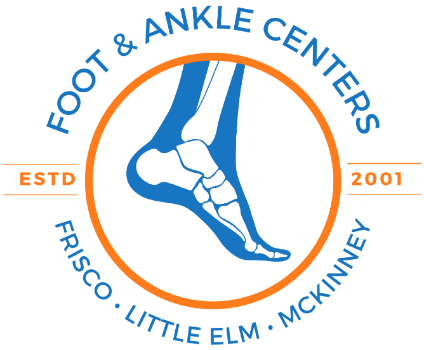Expert Care for Metatarsus Adductus
Commonly known as "Pigeon Toe," is a foot condition where the front half of the foot turns inward, giving the feet a pigeon-like appearance. This condition is often noticeable in infants and young children, and in many cases, it corrects itself as the child grows. However, if the condition persists or causes discomfort, specialized treatment may be necessary to prevent long-term issues with walking and alignment.


